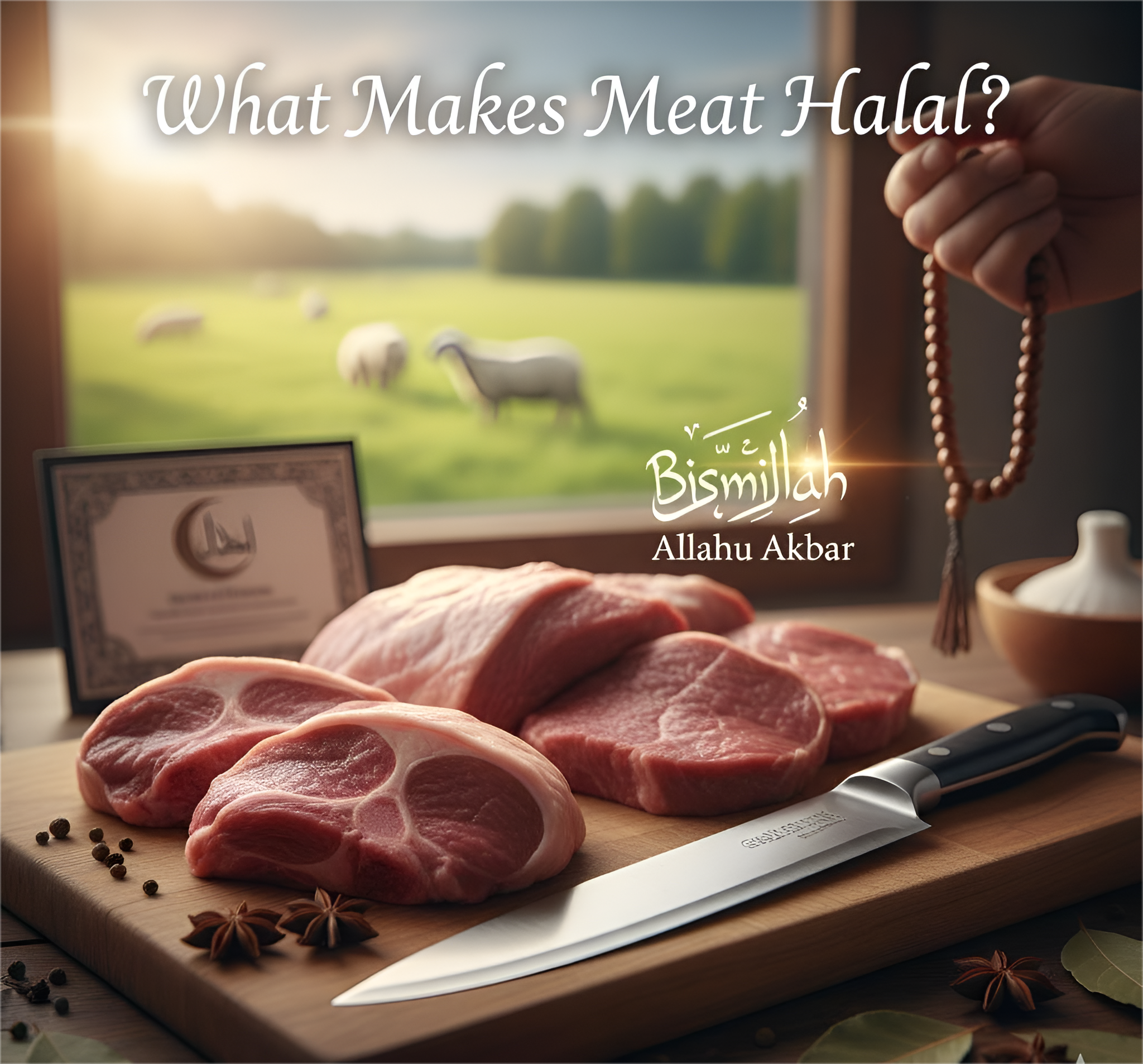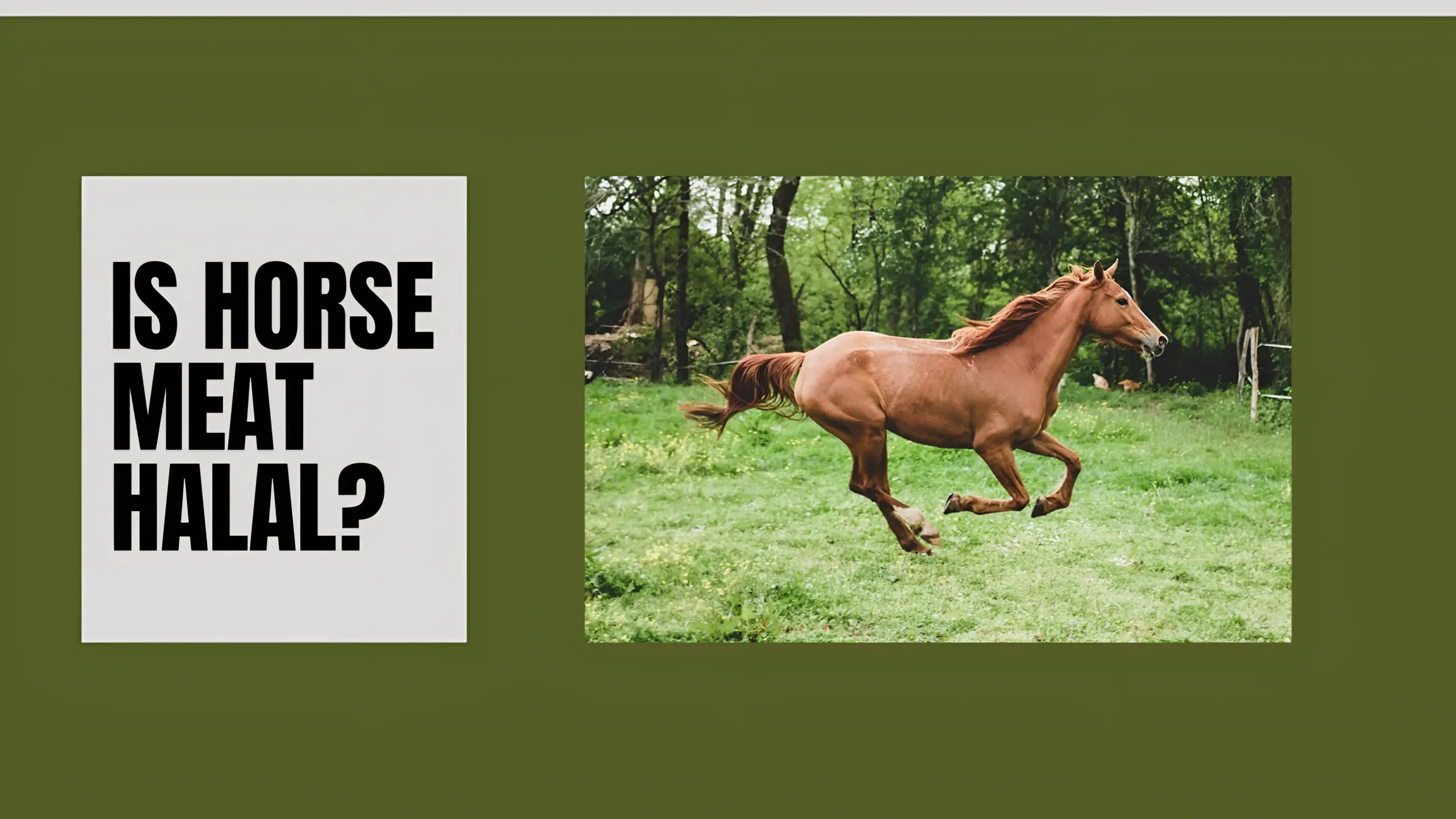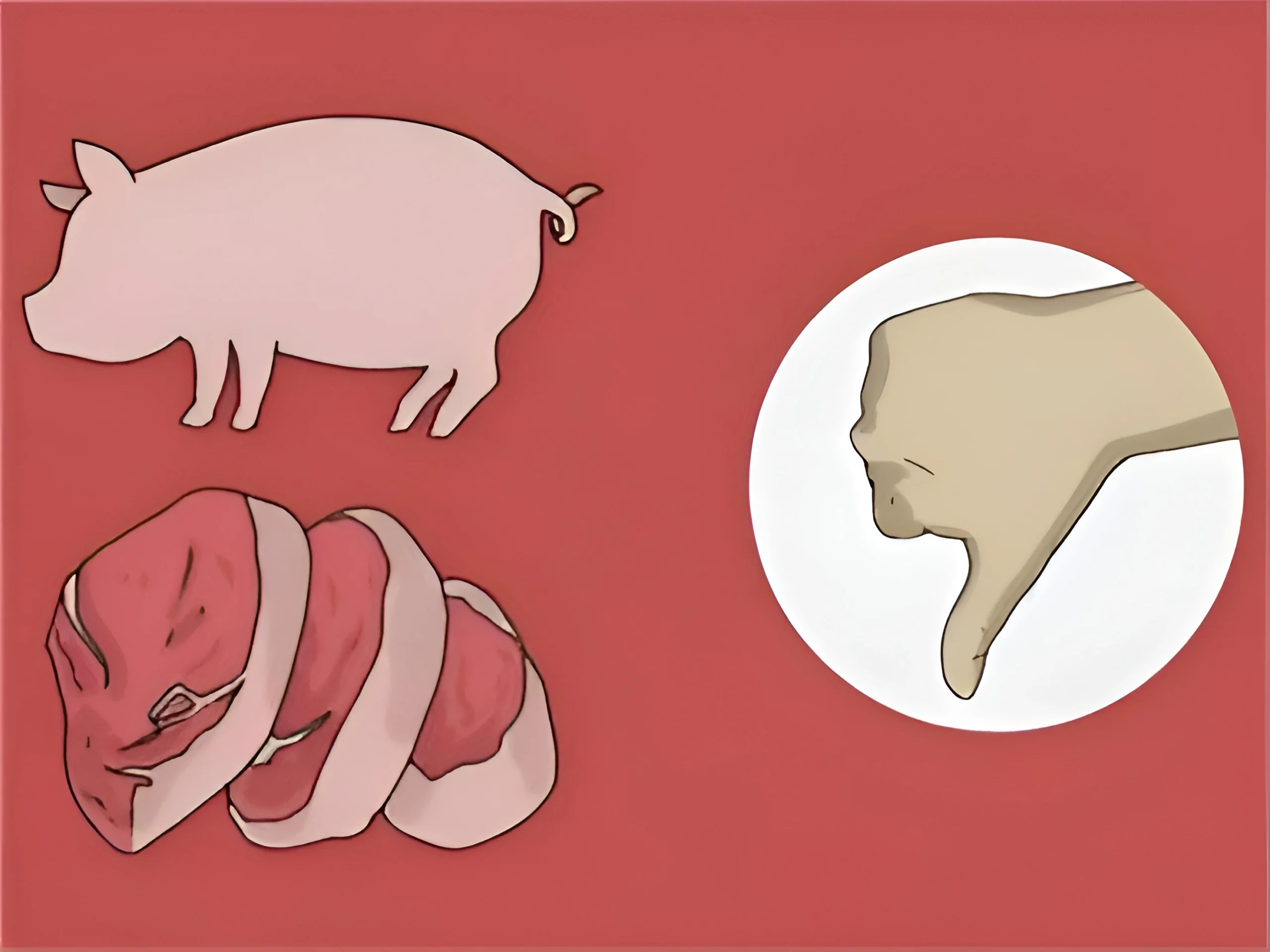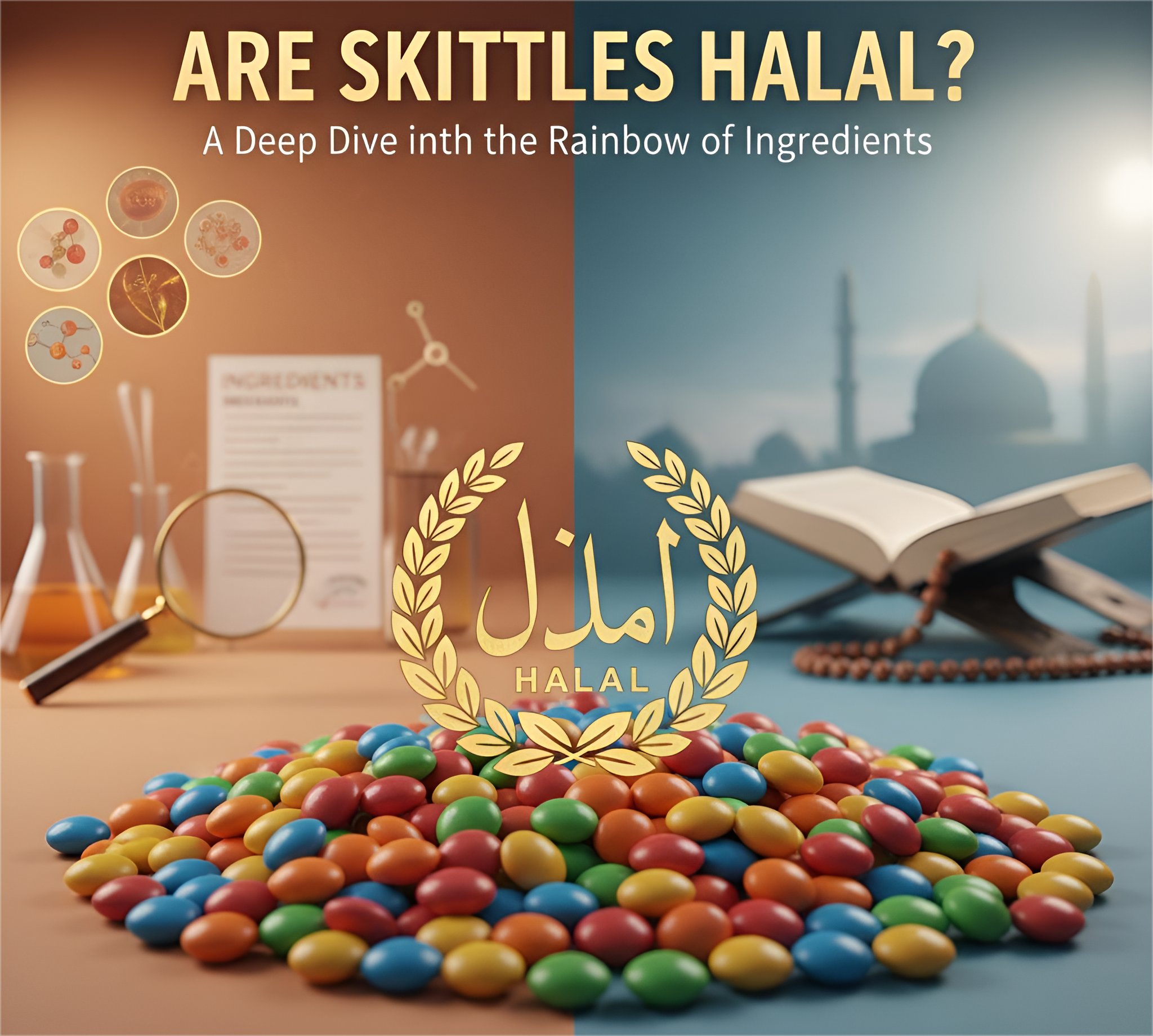What Make Meat Halal?More Than a Cut; Faith, Ethics & Food.
More Than a Method: Unpacking the Nature of Halal Meat
As the world becomes more globalized, the phrase “Halal” has shifted from Muslim-majority country butcher shops to the hypermarket aisles in London, Paris, and Chicago. The international Halal food market is worth hundreds of billions of dollars and is one of the fastest-growing markets in the food sector. But to most, the term is still cryptic, usually being defined in a limited sense as merely one particular way of slaughtering. Actually, what renders meat Halal is a rich and holistic system based on theology, ethics, and hygiene that embraces the animal’s life until the final stage of processing. It is an integrated idea that combines faith, compassion, and consumption and provides a template for what its followers believe to be a divine-approved, clean, and moral mode of eating.
In order to fully comprehend what constitutes meat as Halal, one has to look at its scriptural roots, the precise nuances of the slaughtering procedure referred to as Zabihah, the supreme significance of animal welfare, the contemporary challenges of industrial production, and the spiritual philosophy behind it all.
The Scriptural Basis: The Word of God and the Practice of the Prophet
The rules of Halal (lawful) and Haram (unlawful) are not man-made but are Allah’s divine commandments as contained in Islam’s central sources: the Qur’an and Sunnah (Prophet Muhammad’s teachings and actions).
The Qur’an establishes the general prohibitions in a number of influential verses. The clearest of these is contained in Surah Al-Ma’idah (Chapter 5, Verse 3):
“Forbidden to you are carrion, and blood, and the flesh of swine, and that on which has been invoked any other than Allah, and [those animals] strangled or struck by beating in rutting to death, or gored to death, or cast down from a height, or killed by the goring of horns, and that on which a wild animal has eaten, save what each of them has slaughtered before it dies, and what has been sacrificed on stone altars.”
This verse determines the fundamental categories of prohibited meat. It forbids:
- Carrion (Maytah): Animals that died naturally, of disease, or by any other means than the authorized slaughter.
- Blood (Dam): It prohibits the intake of flowing blood.
- Pork (Lahm al-Khinzir): All items that come from pigs are categorically Haram.
- Meat sacrified to idols or other gods: Slaughter is an act of worship and provision made by God, and offering it to someone else goes against monotheism.
- Animals violently slain: These are those strangled, beaten, or died by falling, emphasizing that the means of death are very significant.
The Sunnah expands on these Qur’anic teachings, giving the practical “how-to” for the killing process. The Prophet Muhammad (peace be upon him) issued specific guidelines that placed importance both on the method and the humane treatment of the animal, which are the foundation for the Zabihah practice.
The Zabihah Method: A Thorough and Spiritual Procedure
Zabihah is the ordained Islamic procedure for slaughtering a Halal animal. It is a delicate act subject to strict conditions that are unambiguous and non-regressive. The meat becomes Halal when these conditions are fulfilled.
1. The Slaughterer (Zabiha)
The slayer must be a sane adult and either a Muslim or one of the Ahl al-Kitab (People of the Book), i.e., a practicing Jew or Christian who believes in one God. This requirement recognizes a common monotheistic heritage and respect for divine ordinances of food.
2. The Intention and Invocation (Tasmiyah)
Prior to making the cut, the slaughterer is required to invoke the name of God by pronouncing “Bismillah, Allahu Akbar” (“In the name of God, God is the Greatest”). This process, called Tasmiyah, is of supreme spiritual significance. It is an acknowledgment that life is sacred and can only be lost with God’s leave and for the lawful cause of sustenance. It takes an ordinary act of killing and turns it into a sanctified act of provision, reminding the one who slays of the seriousness of taking life and their answerability before the Creator.
3. The Instrument
The knife that is used should be highly sharpened. Islamic practice stresses that the instrument should be nicks- and flaw-free so as to avoid ripping flesh instead of cutting it cleanly. The Prophet Muhammad taught, “God has ordained Ihsan (excellence, perfection) in all things. Therefore when you slaughter, do so well, and when you kill, kill well. Let one of you sharpen his blade and cause no pain to the animal he is slaughtering.” Sharpness of the blade is directly proportional to limiting the pain of the animal.
4. The Incision
The essence of the physical action is a quick, deep, and firm cut across the neck. It needs to cut through the following four channels:
- The Trachea (windpipe)
- The Esophagus (gullet)
- The two Carotid Arteries
- The two Jugular Veins
Cutting the carotid arteries and jugular veins leads immediately to a gigantic reduction in blood pressure to the brain. This leads to the loss of consciousness by the animal within seconds, making it insensitive to pain. The brain lacks oxygenated blood, but the heart still beats for a little while, pumping out the greater part of the blood from the body. This drainage of the entire blood (Tazkiyah, or cleansing) is the focal point of the operation.
The Philosophy of Compassion: Animal Welfare as a Pillar of Halal
The popular misconception is that Halal slaughter is inhumane. But the thorough examination of its basis shows that animal welfare is not a side effect but a necessary basis. The philosophy of Ihsan (beauty and compassion) applies to all dealings with the animal, be it birth or demise.
Life Before Slaughter:
For an animal’s meat to be really Halal (and, preferably, Tayyib, wholesome and pure), it should have lived well. Islamic principles require that animals be:
- Given clean water and proper food.
- Allowed enough space to move around and live normally.
- Guarded against cruelty, mutilation, and disease.
- Transported with care and without excessive stress.
The Moments Before Slaughter:
The mercy extends to the last moments of the animal’s life:
- An animal must not be slaughtered when there are other animals present. The smell and sight of blood are a cause of distress.
- The knife must be sharpened out of the animal’s view.
- The animal needs to be treated gently and must not be kicked, prodded, or pulled. It should be led to the slaughter point with the least amount of stress possible.
The rapid cut of the Zabihah technique, when properly done, is intended to be the most humane way possible under the circumstances of the religious demands. The quick loss of consciousness due to the severing of the large blood vessels ensures that the convulsions that follow the cut are not an indication of pain but are a reaction of the involuntary muscle groups due to the spinal cord’s reaction to the removal of blood.
Purity and Hygiene: The Ban on Blood
Total draining of blood is not just a religious necessity but is also highly hygienic. Blood is a powerful breeding ground for bacteria, pathogens, and poisons. By taking out the majority of blood from the carcass, the meat is made cleaner, tastes and feels better, and has a longer shelf life. This traditional practice meets contemporary principles of food safety, with the goal of offering meat which is spiritually and physically pure.
The Contemporary Halal Economy: Certification, Challenges, and Controversies
Although the philosophy of Halal is eternal, its implementation in the 21st-century industrial food economy offers a myriad of challenges and has spawned vigorous debates among Muslim circles.
1. Halal Certification:
It is frequently impossible for a consumer to be able to tell whether the meat they are purchasing has been Halal-processed or not. In response, it is this rise in Halal certification bodies that has been necessary. These bodies audit and monitor food manufacturers, abattoirs, and processing plants to ensure that Islamic law compliance is upheld. They inspect all the way from the process of slaughter to equipment cleaning to ensure cross-contamination with items such as pork or alcohol does not happen.
2. The Stunning Debate:
The most substantive controversy in the contemporary Halal industry is over pre-slaughter stunning. Pre-slaughter stunning is, in many Western nations, a requirement of animal welfare legislation where animals must be made unconscious (stunned) prior to being slaughtered. These methods cover captive bolt stunning (in cattle), electrical stunning (in sheep and poultry), and gas stunning.
This has resulted in a profound cleavage:
- The Case Against Stunning: Most of the traditional scholars and certifiers hold the view that stunning is prohibited. According to them, there is a possibility that the stun might kill the animal before cutting its throat, thus making the meat carrion (Maytah) and hence Haram. They believe that a correctly performed Zabihah without stunning is humane and completes the religious requirements without ambiguity.
- The Case For Stunning: More Islamic scholars and Halal certification authorities allow certain types of recoverable stunning. This would make the stun strong enough to knock the animal briefly unconscious, not to kill it. If the slaughter is not done, the animal will eventually come around. Advocates say that this practice minimizes animal suffering on handling and shackling, resonates with the spirit of Ihsan, and makes the operation safer for slaughterhouse operators.
The issue is still contentious, and various countries and communities use different practices. For consumers, it implies that all Halal-certified meat is not created equal; some comes from non-stunned animals, and others come from pre-stunned animals.
3. Mechanical Slaughter:
In commercial poultry production, mechanical slaughter with spinning blades has become widespread. The issue then is the Tasmiyah. Does the mention of God’s name have to be done once over a large number of chickens, or does it need to be done for each individual chicken? Once more, views differ with some experts taking a single prayer over a batch and others demanding one per animal, often necessitating the presence of Muslim slaughtermen to do the cut and recitation personally.
Beyond the Cut: Halal as a Holistic Ethic
There has been an increased movement in recent years to restore the complete meaning of Halal by combining it with the Qur’anic term of Tayyib (wholesome, pure, good). The “Halal-Tayyib” framework contends that meat can only be considered permissible in the fullest manner if, as well as being produced through a Halal slaughter, it is from an ethically and sustainably raised animal.
This would mean:
- The animal was given a natural, plant-based diet, free of animal by-products.
- It was not subjected to growth hormones or excessive antibiotic use.
- It was raised in free-range, humane living conditions, not the cramped and often inhumane conditions of factory farms.
This movement views the contemporary industrial farming system as inherently incompatible with the Islamic ideals of stewardship (Khalifah) of the Earth and mercy towards God’s creation. For these proponents, Halal is more than a set of ritual conditions but rather an all-encompassing ethics that includes animal welfare, environmental stewardship, and social justice.
Conclusion: A Tapestry of Faith and Practice
It is what makes meat Halal that is a rich tapestry of scripture, ritual, mercy, and cleanliness. It starts with the word of God, is given expression by the meticulous and spiritual process of Zabihah, and is philosophically underpinned by respect for all living things. It is a great deal more than the mere cut of the blade; it is a system that requires awareness and responsibility from farm to table.
While contemporary industrial methods have ushered in complexities and controversy, the fundamental principles are unchanged. In its essence, the preparation of meat being Halal is about recognizing that life is sacred, that food is a grace from God, and that this grace must be received with humility, gratitude, and extreme compassion. It is a system to cleanse not just the consumed food but also the consumer’s conscience.
For more like this visit: Hilalinfohub




Post Comment